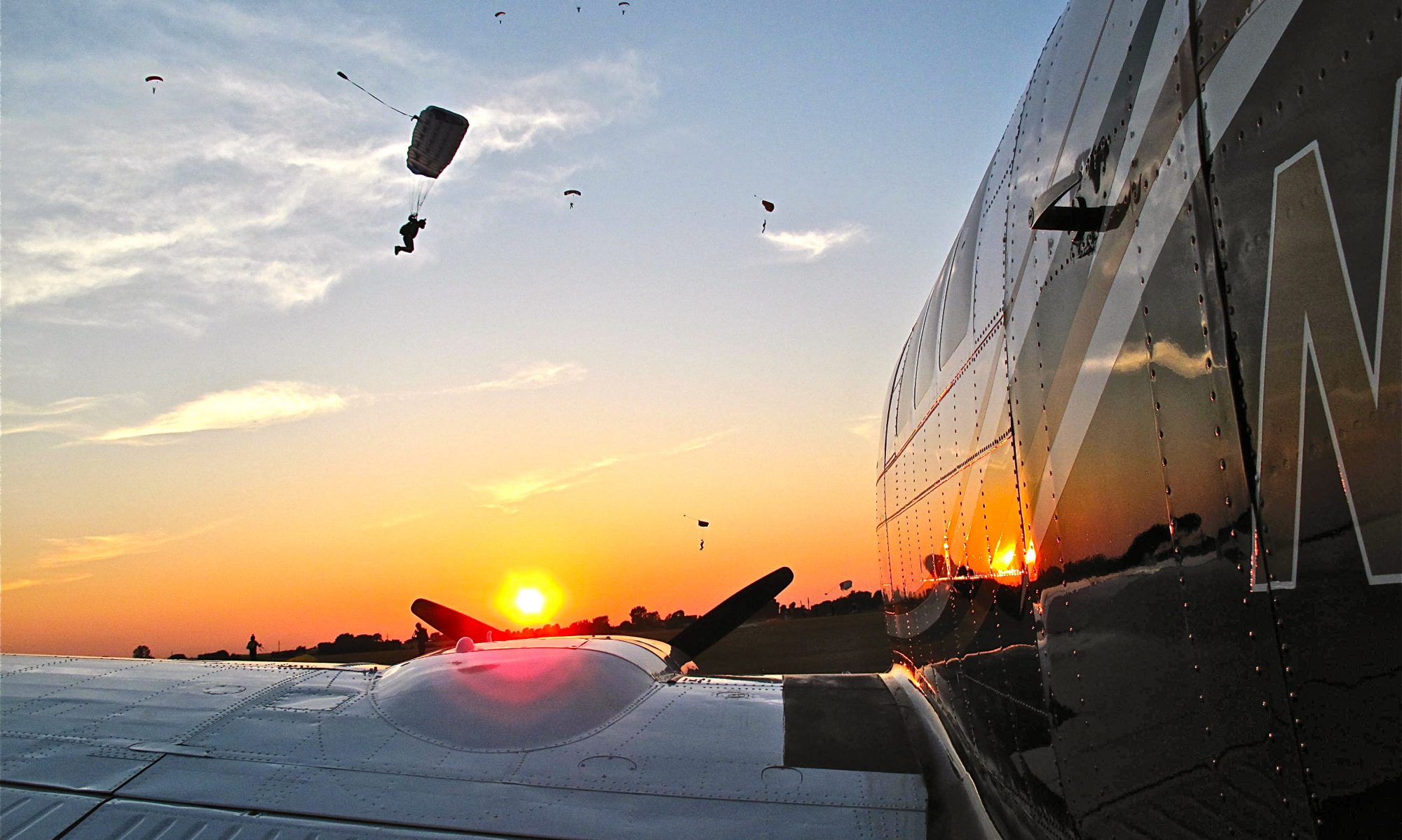Needle Ball Airspeed
Sorry about the lack of trip updates, I’ve been super lazy busy.
So where was I? Oh yea, somewhere over the Persian Gulf in an airplane with most of its instruments not working, at night. I briefly mentioned how dangerous it can be flying without an artificial horizon/attitude indicator. The potential for losing control of the aircraft is a very real concern. But even if you don’t lose control flying with nothing but needle , ball, airspeed is a hell of a lot of work. The concentration required to not only keep the aircraft level and on heading but to continue to do all the other normal things required to fly a plane across multiple countries takes its toll. Your instrument scan has to be continuous and small lapses turn into big problems. Check the compass, off course by 10 degrees, look at the turn coordinator and carefully bank the plane to correct. Airspeed dropping, must be in a slight climb. Push the nose down a bit. Oops, overshot the turn, bank slightly back the other direction. ATC calling for a frequency change, respond without taking your eyes off the instrument panel. Back to the compass and start the whole process over again. One little problem was our inability to cover the artificial horizon that was permanently showing us in a right bank. The problem was that every once in a while I would glance at the faulty instrument and instinctively correct the non-existent bank causing all kinds of other problems.
When I lost the second vacuum pump Lee and I were cruising at 15,000 feet wearing out oxygen masks. After an hour my head started to ache despite being on oxygen and I called ATC to request a lower altitude so I could get rid of that damn mask and although they made big stink about it they granted my request. About an hour from our destination in Muscat, Oman I looked over at the engine instruments and noticed the right oil pressure gauge seemed a little low. Great, that’s exactly what I needed. I had Lee shine his flashlight out at the right engine and he reported that there was a lot of oil all over the cowling and the wing. Not much I could do but throttle back that engine and shut it down if the pressure got too low or the oil temp got too high.
The lights of Muscat finally appeared on the horizon and with the oil pressure getting dangerously close to the red line we got the Navajo on the ground without incident. When we shut the plane down and climbed out to survey the damage here’s what we found.
There was only 2 quarts of oil left in the engine so we’d lost over 7 quarts in less than 4 hours of flight. This might be a problem.
Tail Gunner
Airbus: Pilots don’t really need windows
Future airliner flight decks may do away with windows and move out of the nose of the aircraft, according to Airbus.
The European airplane maker filed a patent application Dec. 23, published June 26, for a flight deck that relies mostly or entirely on electronic viewscreens.
The first advantage is aerodynamic, since flight deck windows require interrupting the ideal scalpel shape of the nose, Airbus wrote. Also, big windows and the reinforcement required for them add weight to the aircraft.
Putting the flight deck at the front of the cabin takes valuable space away from the cabin, “thereby limiting the financial profits for the airline company exploiting the aircraft,” Airbus wrote.
Without the need for windows, the flight deck could move “to an unused zone of the aircraft, and in particular into a zone difficult to configure for receiving passengers or freight,” Airbus wrote. One possibility is the base of the tail, where the flight deck could still have some windows. Another is in part of the cargo hold.
Finally, relying more on viewscreens would improve pilots’ perception and awareness, by giving a more complete view of what’s going on outside the aircraft, according to Airbus.
In addition to the viewscreens, Airbus envisions a system that could project holograms of objects such as storm clouds and ground obstacles, and chart a course around them.
“The object of this preferred version is to immerse the pilot in a three-dimensional universe, at the center of the action,” Airbus wrote.
Click through the gallery above to see images from Airbus’ patent application.





